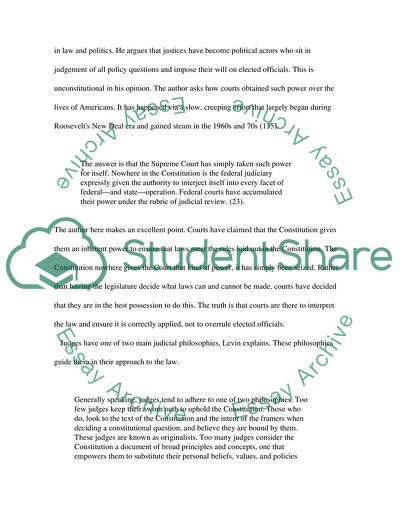Cite this document
(“Men in Black How the Supreme Court is Destroying America Book Report/Review - 9”, n.d.)
Retrieved from https://studentshare.org/law/1412222-book-review
Retrieved from https://studentshare.org/law/1412222-book-review
(Men in Black How the Supreme Court Is Destroying America Book Report/Review - 9)
https://studentshare.org/law/1412222-book-review.
https://studentshare.org/law/1412222-book-review.
“Men in Black How the Supreme Court Is Destroying America Book Report/Review - 9”, n.d. https://studentshare.org/law/1412222-book-review.


